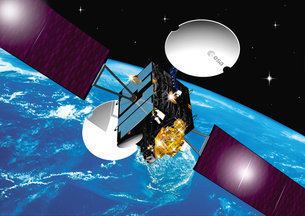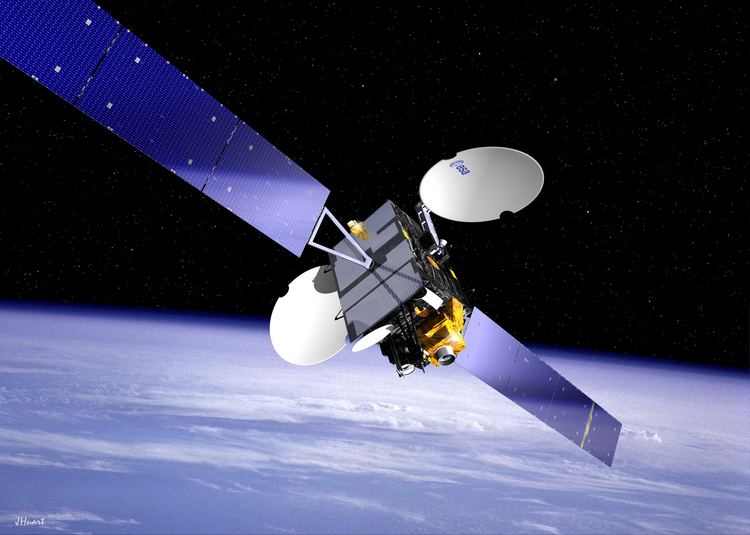COSPAR ID 2001-029A Rocket Ariane 5G V142 Launch date 12 July 2001 | SATCAT № 26863 Reference system Geocentric | |
 | ||
Similar OICETS, HYLAS‑1, European Retrievab, Olympus‑1, ADM‑Aeolus | ||
Artemis is a geostationary earth orbit satellite (GEOS) for telecommunications, built for ESA. The Artemis satellite operates at the 21.5E orbital position.
Contents

The mission was planned for many years, with launch initially intended for 1995 and slipping; it was intended for launch on Ariane 5 but at one point there were suggestions that a Japanese H-II rocket might be used.

Launched by an Ariane 5 rocket on 12 July 2001, it originally reached an orbit much lower than planned (590 km x 17487 km) due to a malfunction in the launch vehicle's upper stage. It was remotely reconfigured to reach its intended station by means of a novel procedure. First, over the course of about a week, most of its chemical fuel was used to put it in a 31,000 km circular orbit (by raising first the apogee then the perigee, going via a 590 km x 31000 km orbit). Then, its electric-ion motor — originally intended for station keeping and for firing a few minutes at a time — was instead kept running for most of 18 months, pushing the spacecraft into an outward spiral trajectory. It gained altitude at the rate of about 15 km per day, until it reached the intended geostationary orbit.

On January 1, 2014 Avanti, a London-based company, took the ownership of the satellite.
Payload
The Artemis satellite has several payloads

Operations
As of 2005, Artemis was used operationally for data relay from ESA's satellites in low Earth orbit; a SILEX link to SPOT-4 was typically established daily. It was also used on a situational basis; for example, it was used in 2008 to relay information from the automated transfer vehicle Jules Verne while mission control at Houston was unavailable due to a hurricane.
It is now considered a precursor for the EDRS programme.
